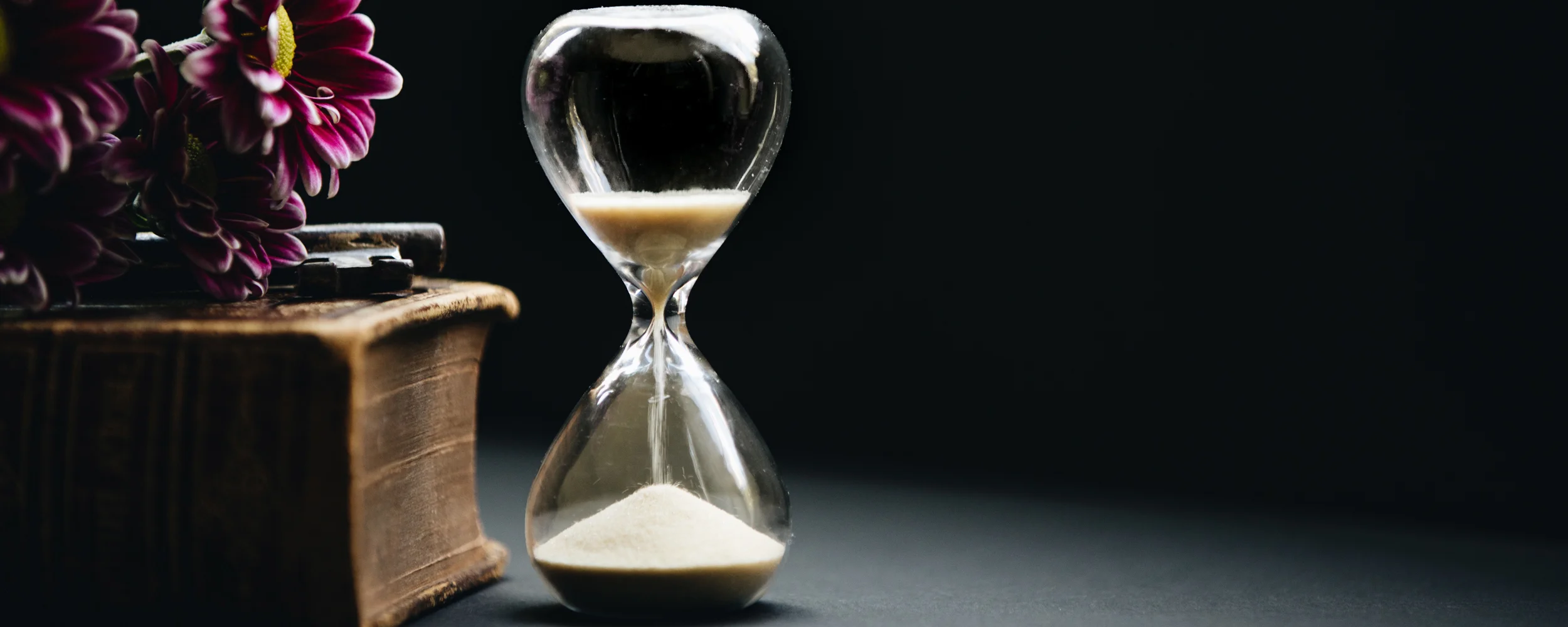It’s no secret that not having a proper work-life balance can cause a lot of stress. According to the Organisation for Economic Co-operation and Development (OECD) Better Life Index, the average person in the United States spends 60% of their day on mandatory tasks, such as working, eating, and sleeping. When stress follows you home at the end of the day, do you really enjoy the last 40% of your free time?
The OECD Better Life Index also reports that the United States ranks in the bottom 20% when it comes to having a healthy work-life balance. So, how can this problem be solved? Sure, working less hours, doing fewer chores, and living closer to work could help, but these aren’t realistic options for everyone.
That’s why we recommend practicing mindfulness. Mindfulness can be practiced by anyone, just about anywhere. You just need to know how.
Zen Out
The Help Guide by Harvard says there are three simple steps to integrate meditation into your life. First, you must accept the thoughts and feelings that arise. Then, be cognizant of the changes in your feelings, emotions, and senses. Lastly, keep at it (remember, it’s called a practice for a reason).
Meditation can be as long or as short as needed. Sometimes it can be difficult to step away during the day and take a few moments to meditate. However, deep breathing can have the same beneficial effects and be practiced at work.
Here is a basic meditation technique the Help Guide by Harvard suggests:
- Sit in a cross-legged position with a straight back.
- Focus on the breath going in and out of your nostrils.
- Become aware of sounds, sensations, and any thoughts that arise.
- Acknowledge each thought or sensation without judgement. If the mind begins to race, focus on the breath.
Mindful Breathing
Breathing is something we do inherently. For this reason, we often forget how controlled breathing strategies can be used to relieve pain and reduce anxiety. But really, it’s an essential function that nourishes the body and mind.
Nerve-racking situations are nearly impossible to completely avoid, but by focusing on the breath, you can reduce your stress and return to the present. Harvard Medical suggests that mindful breathing can reduce blood pressure, improve the immune system, and help stave off depression.
According to a The New York Times article, Belisa Vranich, a psychologist, says that mindful breathing is meditation for those who can’t meditate. There is no need to slow down while going about your daily tasks. Here’s how to practice deep breathing while at work:
- Sit comfortably with your arms at your sides.
- Take note of any areas that feel tense (i.e. shoulders rolled up, jaw tight, fists clenched)
- If possible, close your eyes.
- Begin taking note of your breath.
- Find a rhythm by breathing in through the nose, out through the mouth.
- When you find a rhythm, try breathing with your diaphragm.
- Remind yourself to slowly breath in and then breath out
After a few moments, stress can be reduced and your mood improved. Without this stress, your mind will be ready for a more productive day, allowing you to better balance work and the rest of your life.
Prioritizing
Believe it or not, one of the most difficult mind exercises to do is to focus on one thought at a time. Imagine a single workday. How many times does a person have to stop to answer a question, pick up the phone, or find another problem that needs to be fixed?
Salary.com lists prioritizing as the first step to achieving a healthy work-life balance. It’s easier said than done, but prioritizing and picking one task at a time will improve productivity and keep wandering minds still.
Similarly, research sponsored by the Office of Educational Research and Improvement in Washington, D.C. suggests that prioritizing properly can help reduce stress. A straightforward strategy for arranging tasks throughout your day includes:
- Creating goals in a list format.
- Keeping a daily log and identify time-wasting activities.
- Managing time-wasting activities that were identified.
- Utilizing your discretionary time. By identifying free time, you can use it to work on goals as well as avoiding pointless tasks.
Be In The Present Moment
When worrying about the future or the past, the present moment cannot be appreciated. This notion is captured by the common phrase, “Don’t let the future steal your present.” When time and attention are focused on what could be, we can lose sight of “what is.” This can lead to faltering productivity and diminished satisfaction with your life.
If it’s not the future that dominates your thoughts, perhaps you are letting the past haunt you. This is problematic for many of the same reasons as obsessing about the future. An article in Psychology Today agrees that time is a hot commodity.
Time is precious; a thousand decisions are made every day. With every decision, more time is gone. But what if we stopped to enjoy the moment? Presumably, less time would be wasted fretting.
Mindful.org uses the acronym A.R.T. to guide readers in the practice of mindfulness:
A: Activities that you love to do
R: Routines to be mindful while doing
T: Triggers that should be avoided so stress doesn’t arise
Remember, this acronym is meant to serve as a reminder to integrate the habit of being in the present moment. It may take some effort at first, but soon the art of being present can become second nature. Recognizing activities that you love to do, creating positive routines, and avoiding triggers can help you enjoy a more mindful day and bring you closer to mastering your work-life balance.
Blocking It Out
Let’s face it, time can often fly by due to distractions. Sometimes it’s side talk at the water cooler or maybe it’s time spent on the phone. Days are often filled with diversions that cut down on productivity and divide focus.
A recent survey by the Pew Research Center found that 26% of people are “almost constantly” on their phones and an additional 43% go online several times a day. Entrepreneur stated the average person spends at least 2 hours a day on social media. What would you be able to do with 2 extra hours added onto a day?
Social media is used by almost 3.3 billion people, according to The Next Web. Now that it is becoming more well-known that social media can be a huge distraction, people are changing their habits.
If you are having a hard time letting go of these distractions, apps are being created to limit phone usage. Consider downloading apps such as Space or Thrive to make your decision to limit distractions easier. These tools allow you to limit social media usage, online shopping, or time spent on games. Apps like these can help you get started if it feels like too daunting of a task to complete on your own.
The next time you feel yourself stressing out at the office or bringing your workday home with you, try a few of these mindfulness techniques. You may find that you are able to calm yourself throughout the day, get the most important tasks done first, focus with greater clarity, and ultimately, become more productive at work. Striking a positive work-life balance is possible, you just need to take the first step.



